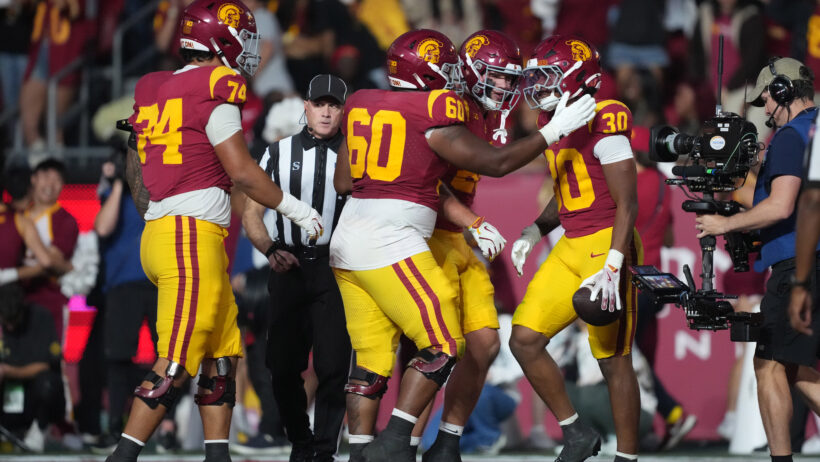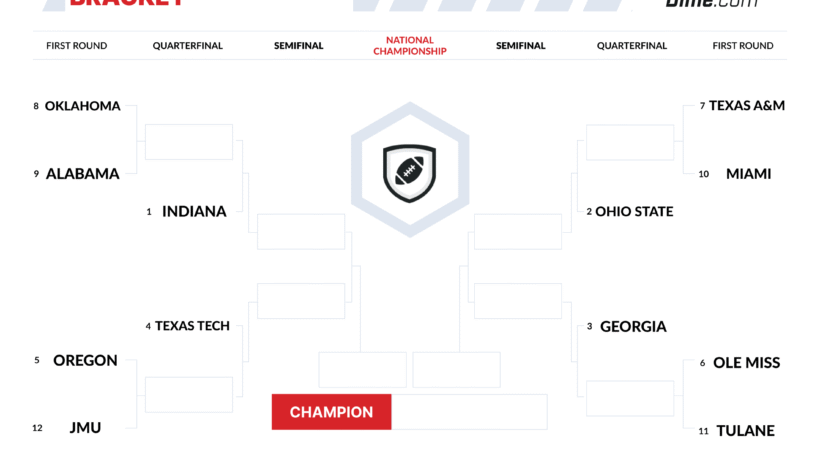Opponents, Proponents of Ohio iGaming Have Their Say During Packed Committee Hearing
By Robert Linnehan in Online Casino
Published:

- Sen. Nathan Manning’s iGaming bill today had its third hearing in the Senate Select Committee on Gaming
- Several proponents of iGaming spoke out and asked for lower license costs and expanded opportunities for video lottery terminals
- Opponents of iGaming stumped against the bill and decried the societal and labor costs that come with iGaming
For some, a proposed Ohio online casino bill will lead to millions more in annual tax revenues, but comes up short in its opportunities for struggling small businesses in the state.
For others? Ohio iGaming will cost the state millions in lost labor costs, societal impacts, and be a detriment to Ohio’s brick-and-mortar casinos and racinos.
More than 22 testifiers today discussed Sen. Nathan Manning’s (R-13) iGaming bill, SB 197, during a lively third reading in the Senate Select Committee on Gaming. It was the second hearing held in just the last week.
Need More from Ohio iGaming Bill
Manning’s bill calls for the legalization of Ohio iGaming, iLottery, and includes some of the highest proposed iGaming tax rates in the country. His legislation includes different tax rates and licensing fees depending on the institution applying for a license.
Brick-and-mortar Ohio casinos awarded an iGaming license will pay a $50 million license fee and pay an iGaming tax rate of 36%. Operators without an Ohio facility will be required to pay a $100 million license fee and be subjected to a 40% tax rate.
The legislation allows each license holder to partner with just one iGaming platform operator. In total, it would allow just 11 iGaming skins to operate in the state.
However, for several testifiers during the committee meeting, the bill does not go far enough for local Ohio businesses.
Several speakers during today’s hearing requested Manning and his colleagues also legalize the currently illegal video lottery terminals (VLTs) that dot the Ohio landscape. Andrew Herf, executive director of the Ohio Bar Owners Association (OBOA), said legalized VLTs can be placed in Ohio bars and taverns to provide much needed revenue.
The state legalized Type-C sports betting kiosks and launched them through Ohio bars, restaurants, and taverns in 2023, Herf said, but the process was not a successful one. There are currently no more live sports betting kiosks in any bar in the state, he said, and did not generate anywhere near estimated revenue levels.
VLTs are currently popular forms of entertainment in Ohio gaming parlors and fraternal organizations, Herf said, and could provide much needed revenues for struggling Ohio establishments if legalized.
“There are tens of thousands of machines (VLTs) that exist in illegal gambling parlors. We’d like to move those from the illegal spaces into bars and taverns cross the state,” he said.
Millions to Be Made from VLTs
David Sloan and Bill Nader, both of Arc Gaming, also stumped for legalized VLTs. The Arc Gaming representatives estimate that nearly 40,000 illegal machines operate presented in Ohio. If legalized, Nader suggested putting 30,000 of those machines back in Ohio bars and stores, while taxing revenues at a rate of 35%. At this rate, Nader estimated Ohio could see more than $600 million in additional tax revenue every year.
Legal VLTs in Illinois generated more than $1 billion in 2023 alone, Nader said. It is estimated that Illinois will report more than $1.2 billion in revenue for 2024.
Other representatives praised the bill, but suggested several tweaks for a more robust market. Brandt Iden, vice president of government affairs at Fanatics Betting and Gaming, said studies show that states with legalized iGaming experience a 2% increase in land-based gaming revenues.
Opponents of iGaming believe that a legalized market will cannibalize revenues from brick-and-mortar casinos.
While praising the bill, Iden supported the expansion of legal operators from 11 to 22 in the state. He also stumped for a lower license fee, which currently sits at $50 million for in-state companies and $100 million for out-of-state companies.
“Licensing fees are very high. We are an in-state company, we support a lot of Ohioans, and it’s very important for us to participate.”
Study: Ohio iGaming Will Cannibalize Brick-and-Mortar Facilities
As is the case for every iGaming discussion, cannibalization concerns were shared from several testifiers.
Brian Wyman, executive vice president of the Innovation Group, presented a study on the potential Ohio iGaming market. While the study predicted a $2.3 billion iGaming market, with nearly $840 million to $934 million in annual tax revenues, it comes at cost. Wyman said iGaming will likely cannibalize brick-and-mortar casinos and racinos by an annual rate of 16%.
This cannibalization is estimated to result in 2,979 lost jobs, $215 million in lost labor income (including benefits), and up $1 billion dollars in lost economic output.
In total, the Innovation Group’s study estimated a legalized Ohio iGaming market will lead to nearly $250 million in total annual tax revenues each year, considering all societal impacts and other losses.
Ohio union leaders are also concerned with the bill. Aaron Womack, representative for Unite Here Local 24, the largest Ohio union representing casino workers, decried the legislation and its potential negative impact on jobs.
Womack pointed to Atlantic City and its nine casinos. Since iGaming was legalized in New Jersey in 2019 through 2024, iGaming revenues have increased to $2.3 billion. However, during that same period more than 5,000 casino jobs were lost, most of which depend on guests coming to a brick-and-mortar location.
“Job will be at risk in Ohio if iGaming is legalized,” he said.
More Gaming, More Problems
In addition to cannibalization potential to the state’s brick-and-mortar facilities, legalized iGaming will undoubtedly lead to a rise in Ohio problem gaming rates, according to several testifiers.
Brianne Doura-Schawohl, an international problem gambling expert and advocate on behalf of Campaign for Fairer Gambling, said studies are very clear that legalized iGaming leads to an increase in problem gaming rates.
Doura-Schawohl estimated that nearly 1.5 million Ohioans currently either suffer from problem gaming or are affected by someone who does. This figure will only increase with a legalized iGaming market, she said.
Les Bernal, national director of Stop Predatory Gambling, told the committee that Ohio constituents are estimated to lose $24 billion of personal wealth over the next five years to state sponsored gambling. He noted that constituents lost $4.7 billion in personal wealth during the last fiscal year.
A fourth reading on the bill will be scheduled for next week, but a time and date have yet to be announced.

Regulatory Writer and Editor
Robert Linnehan covers all regulatory developments in online gambling and sports betting. He specializes in U.S. sports betting news along with casino regulation news as one of the most trusted sources in the country.



